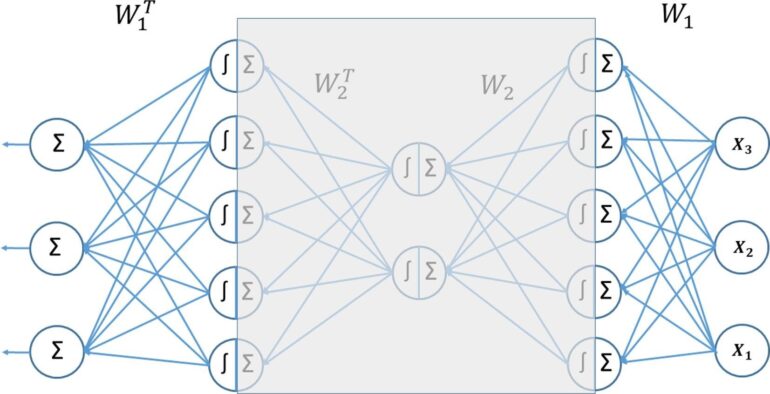TL;DR:
- The University of Jyväskylä researchers simplify AI with 18th-century math.
- Classical training algorithms outperform modern techniques.
- Shallow models prove as effective as deep learning.
- New AI technique promotes green IT and usability.
- Transparency and simplicity enhance AI ethics.
- Simpler models save computational resources and energy.
- Resistance to change within the AI community.
- Broad applications from nanotech to healthcare.
Main AI News:
In a groundbreaking revelation, researchers at the University of Jyväskylä have harnessed the power of 18th-century mathematics to revolutionize the world of artificial intelligence. Their remarkable findings indicate that the intricate web of deep learning, the backbone of AI innovation, can be dramatically simplified. Furthermore, they assert that classical training algorithms from the past half-century outshine their more contemporary counterparts. This newfound simplicity not only propels the cause of green IT but also promises a level of user-friendliness and comprehensibility that is nothing short of transformative.
The recent ascendancy of artificial intelligence hinges largely on the prowess of deep learning, a multifaceted technique where labyrinthine networks equipped with an abundance of data processing layers undergo rigorous training using colossal datasets and substantial computational resources.
Deep learning has empowered computers to undertake intricate tasks, including image and music analysis, digitized gaming, and, more recently, acting as adept conversational agents, exemplified by ChatGPT, delivering high-caliber summaries of existing knowledge.
Six years ago, Professor Tommi Kärkkäinen and Doctoral researcher Jan Hänninen embarked on a pioneering exploration of data reduction. To their astonishment, the outcomes were nothing short of revelatory: weaving together elementary network structures in a novel fashion obviated the need for depth. Shallow models exhibited comparable or even superior results.
Kärkkäinen emphasizes, “The utilization of deep learning techniques is a labyrinthine and error-prone endeavor, yielding models that are challenging to maintain and interpret. Our innovative shallow model, however, emerges as more expressive and can effectively pare down voluminous datasets while preserving all requisite information.”
This ingenious AI technique draws inspiration from the annals of 18th-century mathematics. Kärkkäinen and Hänninen also affirm that traditional optimization methods from the 1970s outshine their 21st-century deep learning counterparts when it comes to preparing their model.
Hänninen suggests, “Our findings augur well for the deployment of neural networks across diverse applications, rendering them more accessible and dependable than ever before.” These remarkable discoveries are detailed in the prestigious journal Neurocomputing.
Simpler models pave the way for eco-conscious and ethically sound AI solutions. As artificial intelligence becomes increasingly entwined with modern technology, it is imperative to unravel its inner workings.
Kärkkäinen underscores this point, stating, “The greater the transparency and simplicity of AI, the easier it becomes to ensure its ethical application. In domains like medicine, where the complexity of deep learning techniques can pose unforeseen risks, simplifying the process is paramount to patient safety.”
Furthermore, the researchers assert that simpler models hold the key to advancing green IT and environmental sustainability. By conserving computational resources and significantly reducing energy consumption, these models are poised to make a substantial environmental impact.
Despite their groundbreaking nature, these results have faced resistance in a field where deep learning holds sway. Kärkkäinen reflects, “Deep learning has assumed such a commanding role in research, development, and the AI industry that change can be met with resistance, even in the face of compelling evidence.”
“We eagerly anticipate the reception of our findings within the scientific and business communities,” Kärkkäinen adds. “Our innovative AI offers a wide array of applications, from revolutionizing nanotechnology for sustainable materials to enhancing digital learning environments and bolstering the reliability and transparency of medical and well-being technology.“
Conclusion:
The application of 18th-century mathematics to AI has ushered in a new era of simplicity and efficiency. This breakthrough challenges the dominance of deep learning and offers a more accessible, eco-friendly, and ethically sound approach to artificial intelligence. It has the potential to reshape industries, from technology to healthcare, by streamlining processes and promoting transparency.

